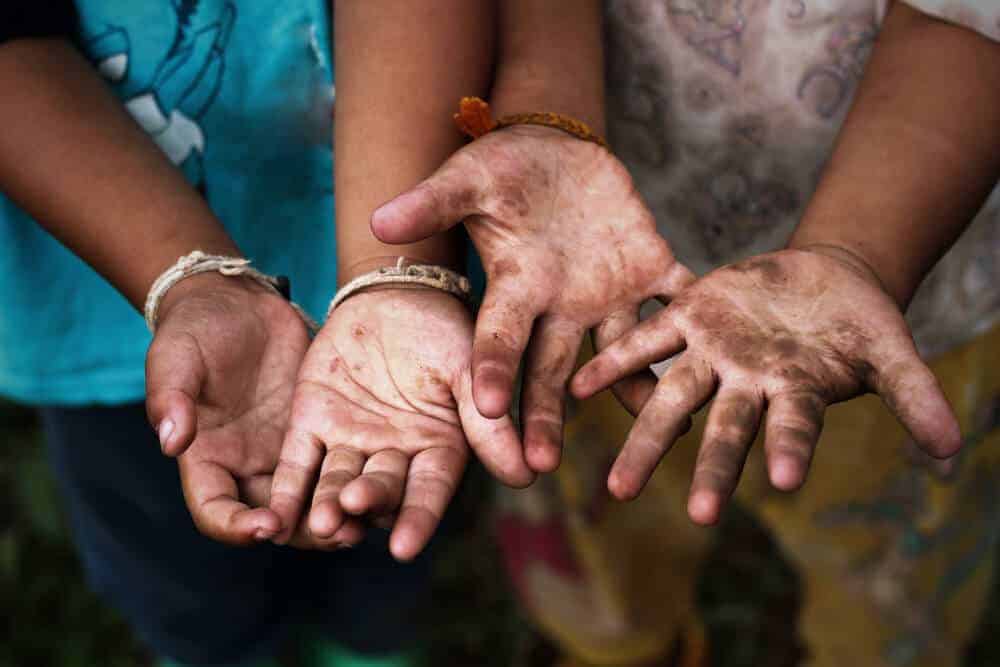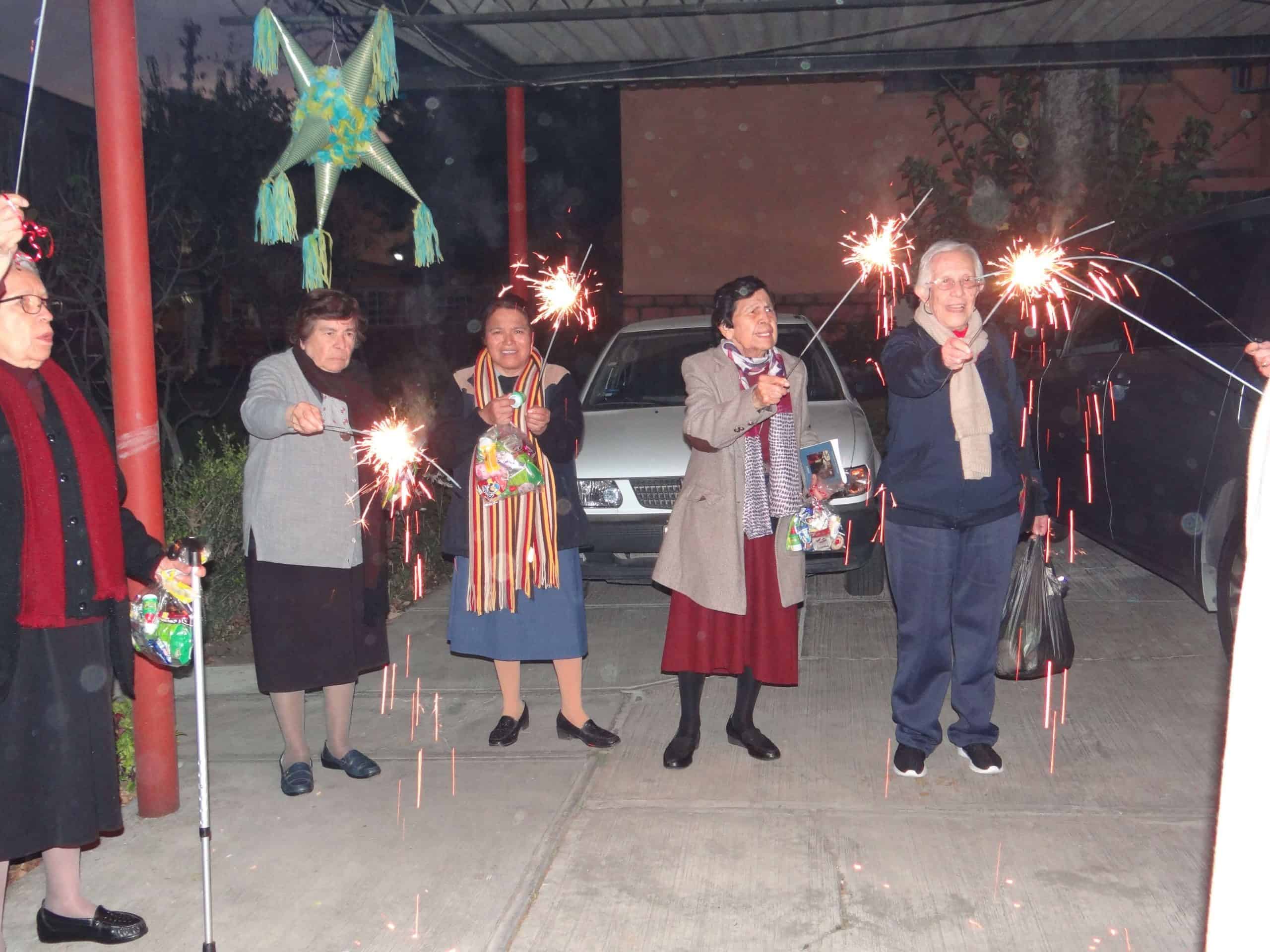On this day we ask God for forgiveness. We ask him for help. We plead for change. More importantly, we plead him for strength to all the children around the world who are “Child laborers.” But if you’re unfamiliar and had to ask yourself what child labor is how would you respond?
Would you say child labor is something very serious however only seen in other places around the world? Would you know how to classify the different ways in which child labor is committed? Or does it matter enough, at least, to learn about it? I ask this because as someone who knew very little—only the basic definition of what child labor is—and as the World Day of Child Labor approached I felt the need to educate myself a little more on the matter.
To truly understand the enormity of this issue I looked for numbers to put it into perspective. According to global estimates based on data from UNICEF, the International Labour Organization (ILO), and the World Bank 168 million children ranging from five years old to 17 are engaged in child labor. But what exactly falls under that? “Child labor” does not necessarily mean that every child is involuntarily working long, tiring hours packing or picking products at some factory or field pertaining to some large corporation; there are many others engaged in different forms including and or relating to child soldering, sexual exploitation, drug trafficking, and forced and bonded labor. This means 168 million of our children live to serve a cruel and inhumane purpose. 168 million.
The number is overwhelmingly high. How can someone take on such a big issue alone and think there’d be significant change? However, change in ourselves is significant enough. Through ourselves, with the help of God, we can begin to reduce in even the slightest way child labor. Educating ourselves in what we buy would be a good place to start. Tackling the other forms would only come after finding the immense pleasure of starting even where the smallest form of change begins.
We have so much access to information at this point in time that makes it easier for us to detect whether our own companies are being responsible about who they employ. Every corporation—General Electric (GE), Procter and Gamble (P&G), Apple, etc.—that supplies us with products we buy has it’s own social corporate responsibility (SCR) that goes beyond environmental regulations and responds to the wellbeing of all its affiliates. Each corporation has —if not, should have— a special section on their website pertaining to SCR and through their webpage as well as social media platforms we can continue to request for corporate responsibility and transparency to begin to make that slight change in child labor.
Let us finish this article with a short prayer.
Lord, thank you for blessing us with all of our children around the world. We ask you to help and guide them through every part in their lives as they age into adulthood and thereafter. We continue to ask for forgiveness for somehow getting to this point of failing some of them. Although we tend to get caught up in our own lives we want nothing less than for this issue to be something from the past. We truly plead for change in ourselves in order to help those who are helpless and in need. Bless us Lord and bless those children who we hope will not be forgotten tomorrow. Amen.
Written by Daniel Mendoza. Student at UIW, CCVI Content Creator Intern.









0 Comments